Both the tires provide capable handling and grip. To determine which one performs better in competition, we tested the size 225/50R17 of both tires under the same conditions (Both tires out of the box have the same tread depth).
According to our test, the Primacy 4 reflects a better grip on dry and wet roads because of its maximized contact patch and numerous 3D zigzag sipes. However, due to the wider grooves of BluEarth, it outperforms its opponent when it comes to hydroplaning resistance.
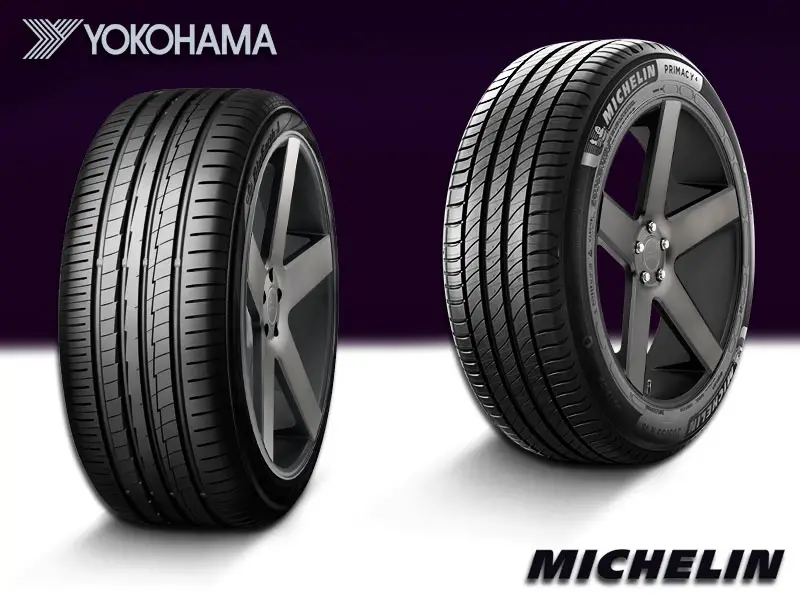
A detailed comparison of both the tires is provided in the following article!
Table of Contents
Tread Pattern Comparison of both tires:
Michelin Primacy 4
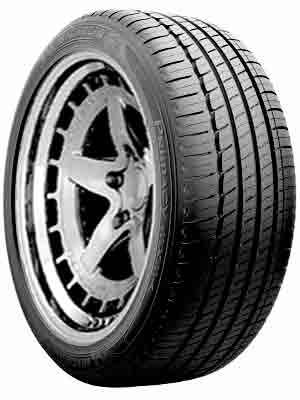
Yokohama BluEarth AE50
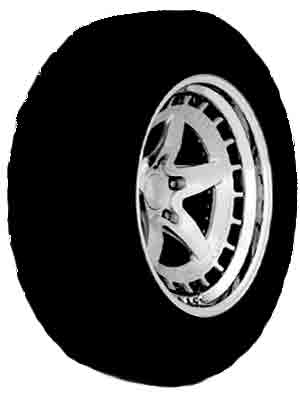
Featuring an asymmetrical tread pattern, the Michelin Primacy 4 consists of three ribs and two outer shoulders.
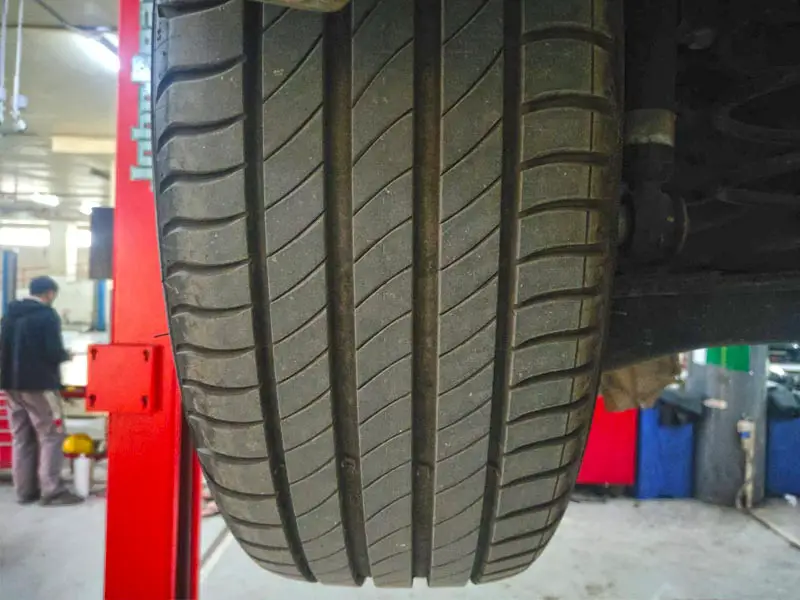
Its shoulders are larger and the shoulder blocks are not so close. We can see that the ribs and the shoulders are divided with four longitudinal grooves but the lateral grooves are missing on this tire.
However, this is compensated by the numerous 3D zigzag sipes found all over the tread.

The Yokohama BluEarth also characterizes an asymmetrical tread pattern. The tire’s shoulders are dense and the shoulder blocks are small and closely packed. In addition to this, there are three ribs between the shoulders. Shoulders and the ribs are separated by longitudinal grooves found all over the tread. Even though the sipes on shoulders and the central part are quite efficient, but they are less in number as compared to its counterpart.
Grip Comparison
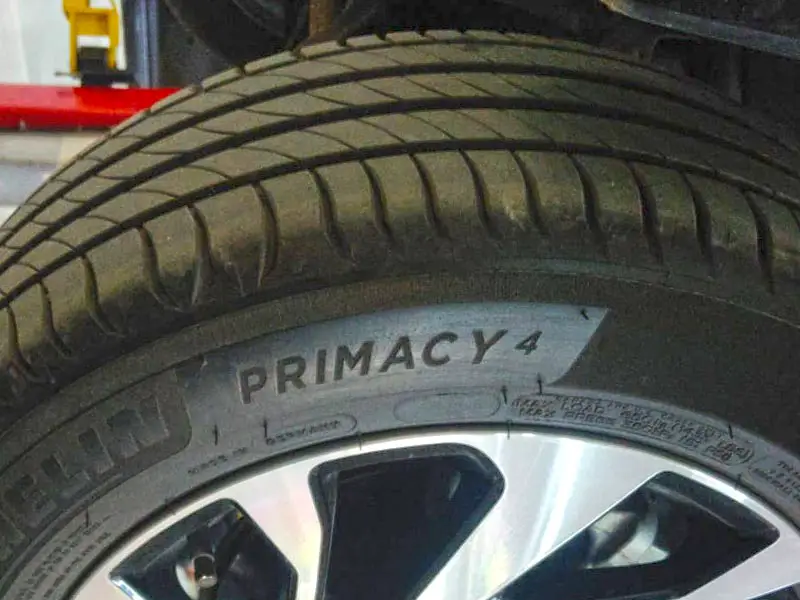
Primacy 4 is an excellent performer on dry roads because of its higher contact patch due to the larger blocks and narrower grooves. As a result, with a dry braking distance of 118.4 feet, these tires maintain an excellent grip.
Just like dry roads, these tires are pretty good on wet roads as well especially when you are driving at high speeds. That’s because they feature adaptive and numerous sipes that offer more rigidity and as a result, the braking distance on wet surfaces reduce. The stopping distance of this tire on wet track was estimated at 188 feet.
On the other hand, the contact patch of BluEarth is lower because of its wider grooves. This is what makes the dry braking distance of 125 feet, (longer than its competitor) and as a result, the tire’s performance on dry surfaces is compromised.
The same can be said for these tires’ grip on wet roads as well. Their stopping distance on wet roads is 213 feet because of the lesser number of sipes on the tread. So, Primacy 4 is the clear winner when it comes to the grip.
Handling Comparison
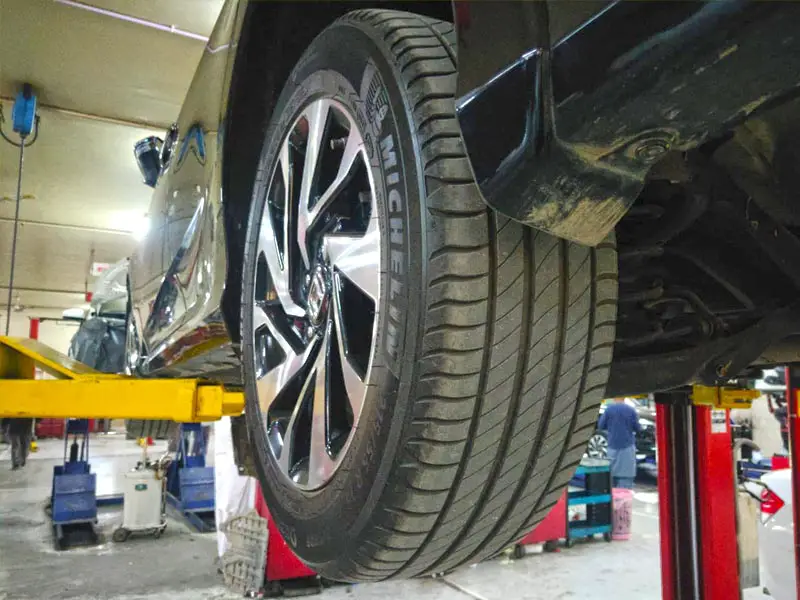
Even though the dry handling of both the tires is phenomenal, the Primacy 4 with a dry handling time of 75 seconds lags a bit behind its competitor. That’s because its shoulder blocks are open compared to its rival and due to this, the tire’s biting edge decreases.
So, the vehicle will require more time to complete a lap on dry tracks. However, with 3D zigzag sipes, the drivers can enjoy excellent cornering and handling over wet tracks. In addition to this, the directional tread pattern of the tire possesses block stiffness to offer a better steering response.
As a result, the vehicle will complete a lap on wet tracks in just 90.8 seconds which is remarkable.
In comparison, the shoulders of the BluEarth are compact and the shoulder blocks are smaller and closely packed. Thus, the biting edges of the tire increase that allows the driver to have premium handling. This leads the vehicle to complete a lap in just 74.3 seconds making it a better candidate.
But the same performance is not translated into wet handling. The sipes present on the shoulder blocks are neither numerous nor deep.
So, the vehicle will face trouble in managing steering response on wet tracks and as a result, its lap time will increase. It was able to complete a lap on a wet road in 97 seconds.
Comparison of Hydroplaning Resistance
The hydroplaning efficiency of the Primacy 4 is lesser than its competitor. That’s because these tires feature narrower grooves which offer less space for the removal of water.
As a result, the vehicle might lose its grip on flooded roads.
Yokohama BluEarth displayed excellent hydroplaning resistance because of its wider grooves. Due to the higher void ratio of these tires, there is enough space for the evacuation of water through the tread.
This will make the vehicle stable on flooded roads and the wide grooves will also safeguard it from slipping.
Comparison of Rolling Resistance
The energy that needs to be sent to the tires by the vehicle to sustain motion on the road at a constant level is known as rolling resistance.
In other words, the higher the contact patch of the tire, the greater its rolling resistance will be. Here, the Primacy 4 loses to its counterpart due to its greater contact patch.
Since more area of the tire’s tread will come in connection with the road, it will need more energy to roll. As a result, its fuel efficiency will also decrease.
The BluEarth has a clear edge over the Primacy 4 due to its lower contact patch. Since these tires feature wider grooves, less area of the tread will come in contact with the road. Hence, the rolling resistance will decrease. The lower rolling resistance will lead to higher fuel efficiency.
Comfort Comparison
Summer tires are mostly quieter than normal winter or even all-season tires due to their lower void ratio.
However, upon comparing both the tires in question, we found the Primacy 4 to be a quieter option.
That’s because these tires consist of narrower grooves and because of this, there is less space for the air particles to be trapped inside. Moreover, the asymmetric tread pattern absorbs the impacts easily. So, the drivers will get a comfortable ride throughout.
On the other hand, the wider grooves of the BluEarth provide more space to the air particles to be trapped inside its grooves.
When the air particles are trapped inside, they travel back and forth against the walls of the tread which results in producing more noise.
Durability & Treadwear
Talking about durability and treadwear, Primacy 4 will face more tread wear because of its higher rolling resistance. Even though the tire’s tread is manufactured using the strong one-ply polyester casing and twin steel belts, it is not as durable as its competitor.
Due to the higher treadwear and the lower durability, the mileage of these tires will decrease.
In comparison, BluEarth’s tread will wear out slower because of its lower rolling resistance.
Furthermore, its tread is constructed using a silica-infused compound which adds more to its durability. The internal construction is done using single-ply polyester and twin high-strength steel belts.
This is what makes the BluEarth resistant to cut and chips.
As a result, the mileage of these tires will increase as well.
Price
Michelin Primacy 4 is higher-priced tire as compared to the BluEarth because of its stronger grip, excellent wet handling, and comfort.
However, when it comes to hydroplaning and rolling resistance, its performance is not as effective as its counterpart.
Summary
- Both are summer tires.
- The dry and wet grip of the Primacy 4 is superior.
- Wet handling of the Primacy 4 is also more efficient.
- The dry handling of the BluEarth is better than its competitor.
- BluEarth offers more hydroplaning resistance because of its wider grooves.
- Yokohama BluEarth’s rolling resistance is also lower which makes it more fuel efficient.
- Michelin produces less noise due to its narrower grooves making it a more comfortable option.
- The tread of the BluEarth is likely to wear out slower because of its lower rolling resistance.
- Primacy 4 is a higher-priced tire.


